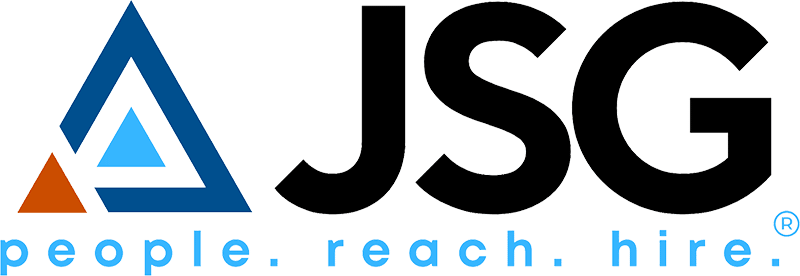
How AI Can Help (and Harm!) the Hiring Process for Candidates
While AI tools can be incredibly helpful, do not forget to add your own voice to your resume and cover letter! There are plenty of

Time Saving Tip: Resumes
Compiling and applying resumes can be EXHAUSTING. Oh, you think you can simply attach your resume to a job application and go on your merry

Formatting Your Resume
You may wonder how to effectively design your resume to grab a recruiter’s attention and highlight your experience and skills adequately. Making a resume clear

Formatting Your Resume
You may wonder how to effectively design your resume to grab a recruiter’s attention and highlight your experience and skills adequately. Making a resume clear

Identifying and Highlighting Your Strengths
How do you properly advertise your strengths to a potential employer? Which strengths should you choose highlight? Potential employers want to hear about their interviewees’

Addressing a Negative Work Experience in an Interview
Most of us have had a job that left us feeling overworked, underappreciated, or just downright mad. Often, these jobs are on our resumes. How



